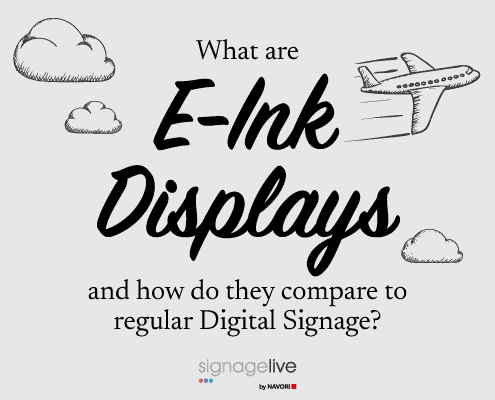
Digital Signage can provide a range of benefits to the education sector, both in terms of improving the learning experience for students and increasing the efficiency and effectiveness of educational institutions.
- One of the key benefits of Digital Signage for education is the ability to provide students with access to a wide range of interactive and engaging learning materials. Digital Signage can be used to display interactive lessons and multimedia content, allowing students to learn in a more dynamic and interactive way.
- In addition, Digital Signage can be used to provide access to a wide range of educational resources, such as e-books, articles, and research materials. This can help to enhance the overall learning experience for students and support their academic success.
- On-site social media walls can also bring the student community together by engaging students with up-to-the-minute content across platforms that they regularly use.
- You can share social event news, and even shout-outs for special achievements to help motivate students, as well as invite them to share their own educational articles and artwork.
CMS integrations of platforms, such as Screenfeed and Seenspire make it easy to display curated and customised feeds from as many different sources as required. With a one-time set up of your logos, colours and fonts, you can quickly personalise and brand your feeds. The custom word, profile and multilingual profanity filters also ensure that you stay in control of the kind of content that’s shared.
- Another advantage of Digital Signage for education is the ability to easily update and customise content. With traditional static signage, changes often require physical updates, which can be time-consuming and costly. With Digital Signage, updates can be made quickly and remotely, allowing educational institutions to keep their content up-to-date and relevant.
Cloud-based CMS platforms with enterprise-ready functionality enable you to simplify and centralise control over large networks. You can share content from anywhere to one, some or all your screens, and securely assign various levels of content responsibilities, as well as enforce Approval functions to ensure only pre-checked content goes live. With the most effective CMS platforms, you can also edit, correct and update content that has already been published.
- Cloud-based CMS solutions work well in any education-related scenario, including campuses, where they can help streamline cross-faculty workflows and deliver more integrated and overarching communications strategies.
- Digital Signage can also help to improve the efficiency and effectiveness of educational institutions. For example, Digital Signage can be used to display real-time information and updates, such as class schedules, exam schedules, and important announcements. This can help to reduce confusion and ensure that students and faculty are well-informed and able to stay on track.
- Look out for CMS providers that are ISO-27001-certified – that is, verified to be able to handle as well as protect large volumes of data.
In addition to these benefits, Digital Signage can also help to improve the sustainability of educational institutions. Digital Signage eliminates the need for printed materials, such as schedules and handouts, which can help to reduce the organisation’s carbon footprint.
Overall, Digital Signage can provide a range of benefits to the education sector, including improved learning experiences, increased efficiency, and enhanced sustainability. By leveraging the capabilities of Digital Signage, educational institutions can create more effective and engaging learning environments for students.




You must be logged in to post a comment.